


Dinotefuran is a neonicotinoid insecticide developed for controlling a wide range of insect pests, including aphids, whiteflies, thrips, leafhoppers, and beetles. It functions by disrupting the insect's nervous system through inhibition of nicotinic acetylcholine receptors.


Dinotefuran is a neonicotinoid insecticide developed for controlling a wide range of insect pests, including aphids, whiteflies, thrips, leafhoppers, and beetles. It functions by disrupting the insect's nervous system through inhibition of nicotinic acetylcholine receptors.

.3d8f8f41.svg)
Agrochemicals
.3556d45a.svg)

Crop Protection & Pest Control


Insecticides
Included in Quote
Included in Quote
Included in Quote
Included in Quote
.7767eb0f.png)

Chemical Properties & Specifications
Dinotefuran is utilized in agriculture to control pests on crops such as vegetables, fruits, and rice. It is also employed in veterinary medicine as a flea and tick preventive for pets. Applications: Dinotefuran Technical is primarily used in the formulation of insecticide products for the control of various insect pests, including Aphids Whiteflies,Thrips,Leafhoppers,Leafminers,Sawflies, Mole cricket,White grubs,Lacebugs,Billbugs,Beetles,Mealybugs,Cockroaches
Dinotefuran is a neonicotinoid insecticide that acts on the nicotinic acetylcholine receptors (nAChRs) of insects, disrupting nerve function and leading to paralysis and death.
The chemical structure is C7H14N4O3. It is highly soluble in water and stable under neutral conditions but degrades under alkaline or UV exposure.
It primarily undergoes hydrolysis and photolysis, breaking down into MNG (methylguanidine) as a major metabolite.
Dinotefuran has higher water solubility and systemic movement, allowing better uptake in plants than imidacloprid or thiamethoxam.
It is used in rice, vegetables, cotton, and fruits for controlling aphids, whiteflies, leafhoppers, and other piercing-sucking pests.
Store in airtight containers at 25°C (77°F), away from moisture and direct sunlight to maintain stability.
Dinotefuran is toxic to bees, and application should be managed carefully to avoid exposure during bloom periods.
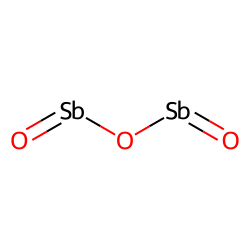
CAS No. : 1309-64-4
Category : Inorganic compound
Sub-Category : Flame retardants
Description: Antimony trioxide (Sb2O3) is an inorganic compound commonly used as a flame retardant and as a catal...
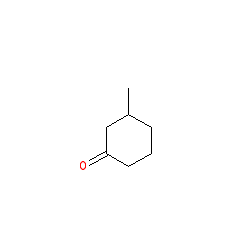
CAS No. : 36306-87-3
Category : Fragrance Ingredients
Sub-Category : Aroma Chemicals
Description: Kephalis is widley used in many industries. It plays a key role in the production of resins, coating...
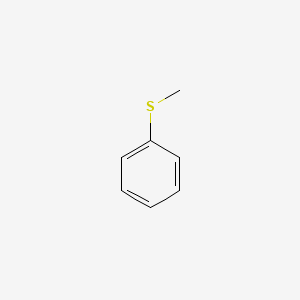
CAS No. : 100-68-5
Category : Pharmaceutical Actives & Precursors
Sub-Category : Intermediates & Precursors
Description: Thioanisole is a colorless to light yellow liquid with an aromatic odor. It serves as a valuable int...
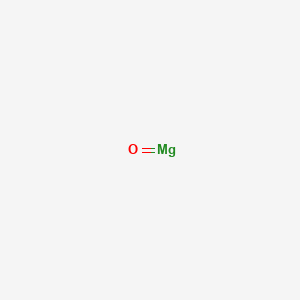
CAS No. : 1309-48-4
Category : Inorganic compound
Sub-Category : Magnesium compounds
Description: Magnesium oxide, commonly known as magnesia, is a white hygroscopic solid mineral that occurs natura...
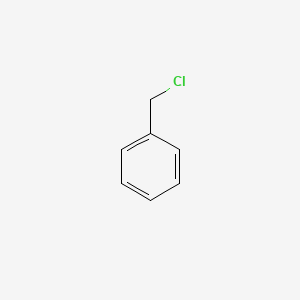
CAS No. : 100-44-7
Category : Organic Intermediate
Sub-Category : Reagents
Description: Benzyl Chloride is a colorless to pale yellow liquid with a pungent odor. It is primarily used as an...